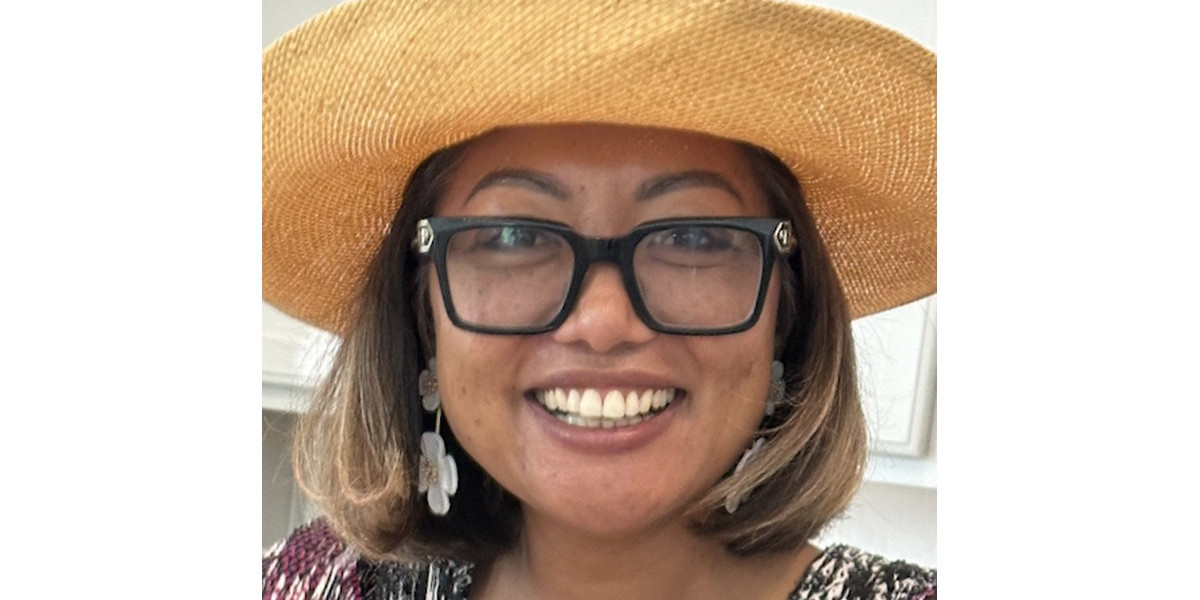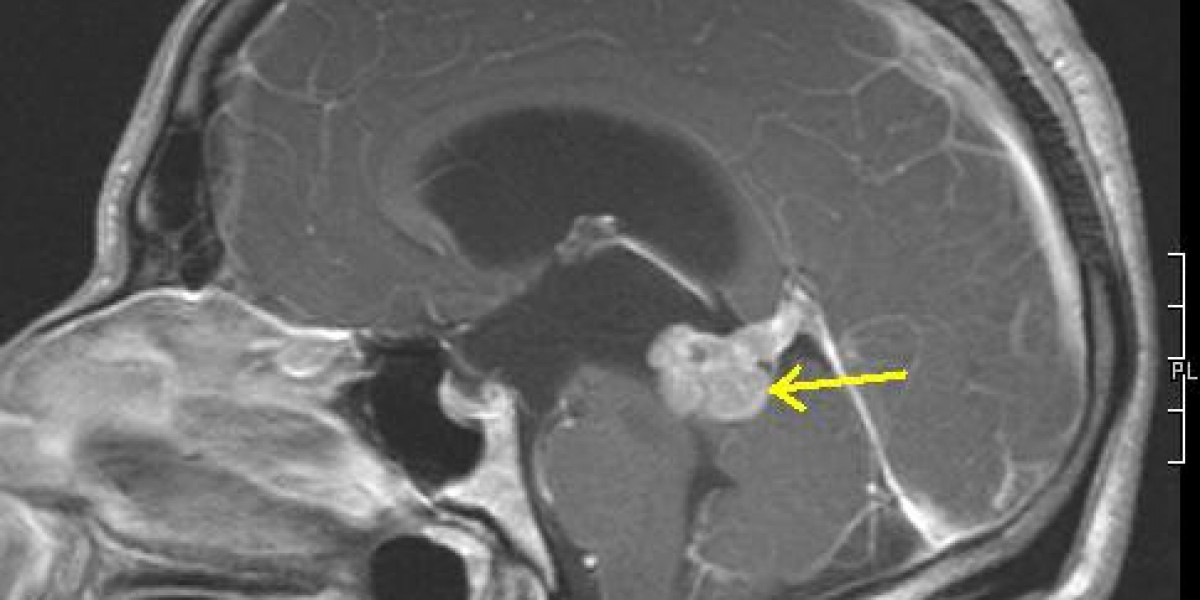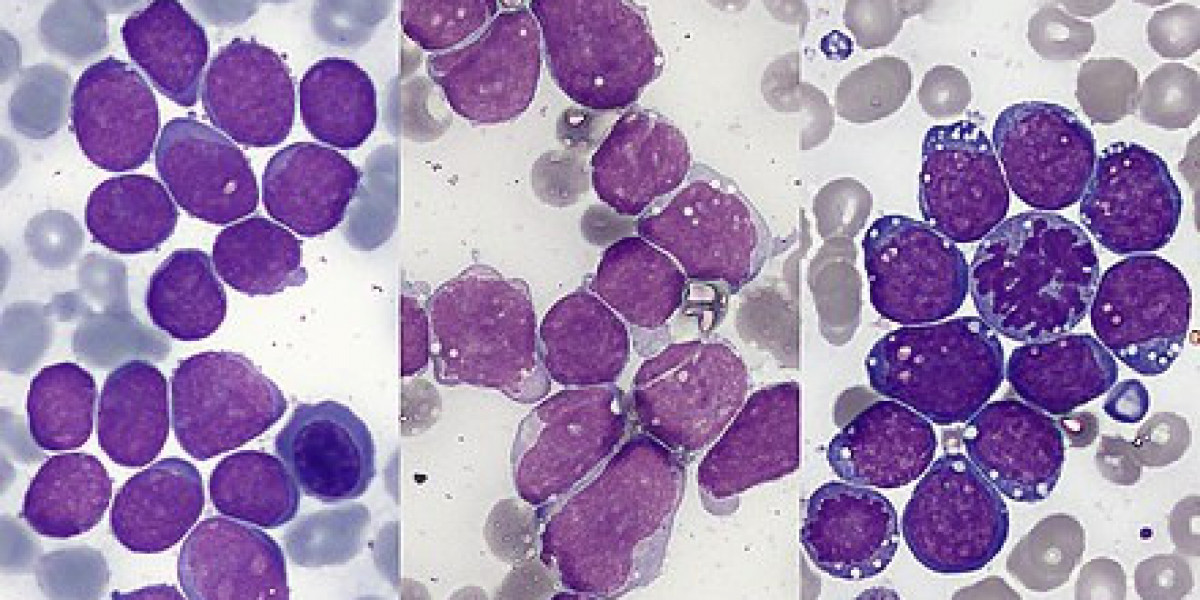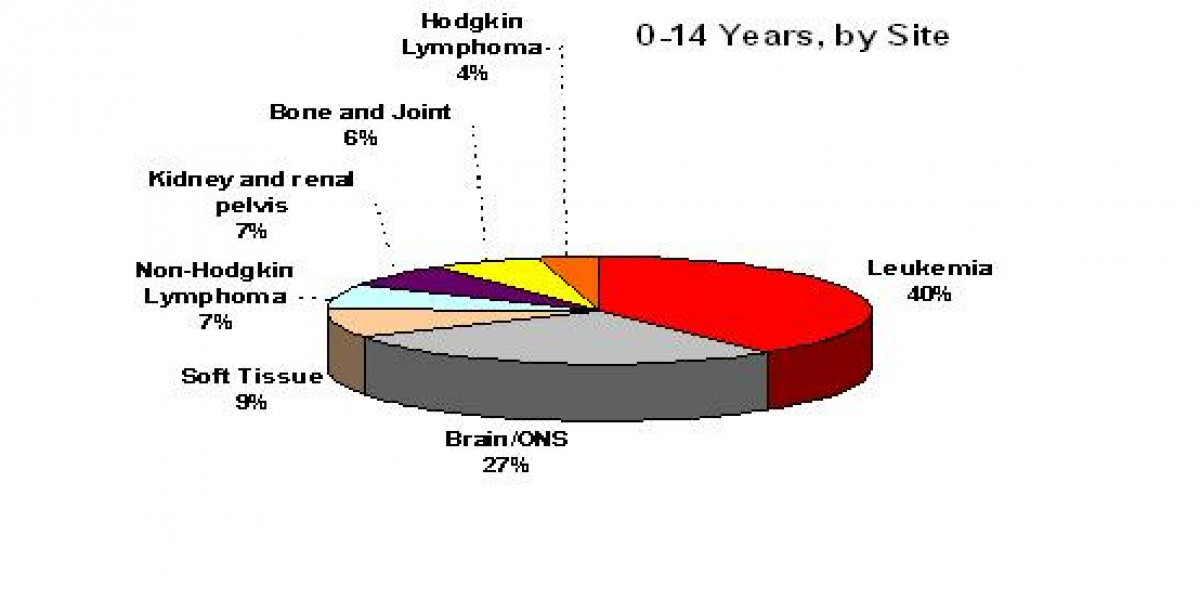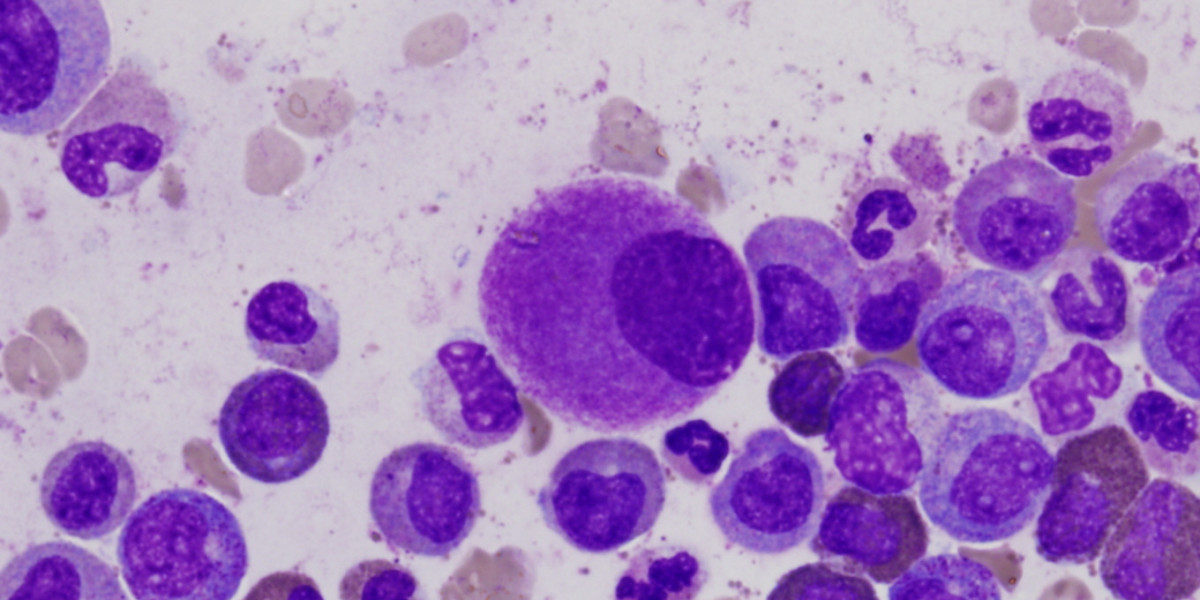Posted by: Skin And Cancer Institute in Uncategorized
Skin cancer remains one of the most common types of cancer in the United States, with aggressive forms posing serious health challenges. For decades, surgical removal has been the standard treatment for many skin cancers, especially when tumors are invasive or rapidly growing. However, not all patients are suitable candidates for surgery, and new developments in radiation and topical therapies have broadened the landscape of treatment options. This blog explores whether non surgical treatments can effectively treat aggressive skin cancers, what the latest research shows, and what patients in Blue Diamond and surrounding areas should know.
Aggressive skin cancers are typically those that grow quickly, spread to surrounding tissues, or are more likely to recur. Among the most common types are squamous cell carcinoma (SCC) and melanoma. SCC can be particularly dangerous when it becomes invasive, spreading deeper into the skin or to other parts of the body. Melanoma, though less common, is well known for its high metastatic potential and requires careful treatment planning.
Historically, surgical excision has been the go-to approach for these cancers because it offers the possibility of removing the entire tumor with clear margins. Mohs surgery, for example, is especially effective for skin cancers on the face or other sensitive areas, offering high cure rates with minimal tissue loss. But what happens when surgery isn’t an option?
There are a number of reasons patients may prefer or require non surgical treatments. Some patients have underlying medical conditions that make surgery risky. Others may have tumors in areas where surgery could result in significant cosmetic or functional issues. Still others may have undergone surgery in the past and are looking for alternative treatments for recurring lesions.
In recent years, non surgical options have become more effective and widely available. Two of the most promising methods are superficial radiation therapy (SRT) and brachytherapy, both of which use targeted radiation to kill cancer cells while preserving healthy surrounding tissue.
Superficial radiation therapy delivers low energy X-rays directly to the surface of the skin, targeting cancer cells with precision. This technique is especially useful for superficial or moderately invasive squamous cell carcinomas.
New research shows that SRT can offer cure rates similar to surgical excision, especially for SCC lesions that are less than 2 cm in diameter and not deeply invasive. For patients in Blue Diamond, SRT is becoming a preferred option for treating SCCs on the face, ears, or scalp, where surgical scars could be more visible or disfiguring.
What makes SRT particularly appealing is its ability to preserve surrounding healthy tissue while minimizing discomfort and recovery time. The treatment is typically delivered in short sessions over a period of weeks and does not require anesthesia or stitches.
Brachytherapy, a type of internal radiation treatment, is another increasingly popular option for non surgical skin cancer care. In this method, a radioactive source is placed close to or directly on the tumor for a short period of time, delivering high doses of radiation with great accuracy.
Though traditionally used for cancers like prostate or cervical cancer, brachytherapy is now showing promise for skin cancer treatment, particularly in cases where tumors are deeper or located in anatomically complex areas. Some dermatologists in Nevada are using brachytherapy for melanomas that are not candidates for excision, especially in elderly patients or those with contraindications to surgery.
Recent studies suggest that brachytherapy can yield high local control rates, meaning the cancer is effectively managed without spreading. Because of its precision, this method also reduces damage to nearby tissues, which is critical in facial treatments or in patients with thin skin.
While the advances in non surgical methods are impressive, it’s important to understand their limitations. Surgery still remains the gold standard for many aggressive skin cancers, particularly those that are invasive or have high risk of metastasis. However, in selected patients and with careful planning, non surgical approaches can be curative.
SRT and brachytherapy have shown success in early-stage SCC and basal cell carcinoma, and even some in situ melanomas, especially when used as part of a broader treatment plan. Cure rates for SRT in early SCC can reach up to 95 percent, which rivals surgical outcomes in many cases. For deeper or more aggressive tumors, these treatments may be used in combination with other therapies or as secondary lines of care.
An important factor in treatment success is having a team of specialists—dermatologists, radiation oncologists, and pathologists—who work together to evaluate the cancer’s behavior and determine the best course of action. Non surgical treatment options are most effective when selected based on detailed patient history, tumor characteristics, and personal preferences.
In Blue Diamond and other parts of Nevada, clinics like the Skin and Cancer Institute provide access to this kind of integrated care. The team can assess whether a patient is a candidate for SRT, brachytherapy, or another modality, and then tailor a treatment plan accordingly.
The field of dermatologic oncology is rapidly evolving, and innovations continue to improve the accuracy and comfort of non surgical skin cancer care. For example, new SRT machines now include built-in imaging to better map out the area to be treated. Research is also being done on combining SRT with topical agents like imiquimod or 5-fluorouracil to increase efficacy.
Meanwhile, in brachytherapy, improvements in dosimetry—the science of calculating radiation doses—are allowing for more personalized and effective treatment plans. These technologies are reducing recurrence rates while improving cosmetic outcomes, making them especially valuable for cancers on the nose, eyelids, or lips.
Like all treatments, non surgical options come with risks. SRT can cause skin irritation, redness, or peeling in the treated area. Brachytherapy may lead to localized tenderness or temporary pigmentation changes. However, most side effects are manageable and temporary, and the overall safety profile of these treatments is favorable.
It is also crucial to note that non surgical treatments require commitment to follow-up care. Because there is no tissue removed for pathology, patients must be monitored closely after treatment to ensure the cancer has not recurred or spread. This is especially true for more aggressive types of skin cancer.
For residents of Blue Diamond and nearby communities, non surgical treatments represent an important shift in how skin cancer is managed. With local access to technologies like SRT and the growing availability of brachytherapy, patients now have more choices than ever.
The Skin and Cancer Institute offers state-of-the-art radiation therapy equipment and has a skilled team ready to assist patients with personalized treatment planning. Their expertise ensures that patients receive not only effective care but also thoughtful attention to aesthetics, convenience, and long-term health.
The decision to pursue non surgical skin cancer treatment depends on a variety of factors, including the type, size, and location of the tumor; the patient’s medical history; and personal preferences. It’s essential to consult with a dermatologist who is experienced in both surgical and non surgical options to understand the benefits and risks.
Non surgical treatments are not a one-size-fits-all solution, but for many patients, they offer a safe, effective, and cosmetically favorable alternative to traditional surgery. As research continues to evolve, these therapies are becoming an even more powerful tool in the fight against skin cancer.
Non surgical treatments like SRT and brachytherapy are transforming the way dermatologists approach aggressive skin cancers. While not universally applicable, these methods offer high success rates, reduced recovery times, and excellent cosmetic outcomes for many patients. As technology advances and research continues, we can expect even greater precision, personalization, and effectiveness in non surgical skin cancer care.
If you or a loved one has been diagnosed with skin cancer and are looking for alternatives to surgery, the Skin and Cancer Institute in Blue Diamond can help. Our team is here to answer your questions, assess your needs, and guide you through every step of the treatment process. Schedule an appointment today and discover how modern dermatology is making non surgical treatments a powerful option in the fight against skin cancer.
Call us to speak to a member of our patient service center.
Skin and Cancer Institute operates 40+ locations throughout California, Nevada, and Arizona! Our practices are conveniently located in and near major counties and cities such as Los Angeles , Las Vegas and Phoenix . Our practices offer a wide variety of dermatology services including skin cancer treatments and cosmetic procedures utilizing various types of lasers.
Copyright © 2025 Skin And Cancer Institute, All Rights Reserved.
Terms & Conditions | Privacy Policy | Accessibility Statement
Originally published on Skin & Cancer Institute: https://skinandcancerinstitute.com/can-non-surgical-treatments-cure-aggressive-skin-cancers/

